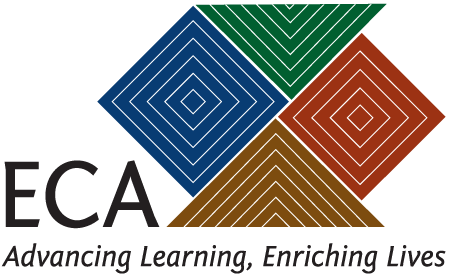In recent years, a growing number of studies have concluded that coaching produces positive effects for teachers and children (e.g., Powell, Diamond, Burchinal, & Koehler, 2010; Warren, 2012 & Warren & Danzing 2015). These studies have led to more widespread efforts to answer such questions as: What behaviors and actions should coaches use to support teachers, how often and how long the support should be provided, how coaches should interact with teachers, and how coaches should encourage teachers to monitor and track children’s progress.
ECA (2015) examined the effects of video technology on classroom quality in a 3 year pilot of a Peer to Peer coaching model in Massachusetts. The study followed 100 peer coaching dyads working in infant and toddler, preschool, and out-of-school time settings over a three-year period. Core features of the peer coaching model included: (1) Coach-Mentee Interactions, (2) Coach Training; and (3) Professional Learning Communities.
To enhance the quality of observation and feedback and minimize time out of the classroom, the study introduced a new technology to allow coaches to observe their mentees through a video-based instructional platform. Participants also inputted and stored coaching log data and comments, which could be linked to specific video uploads. This feature enabled subjects to create a portfolio of videos to easily view changes in teaching practice and children’s behavior and skills over time. The coaching logs recorded the venue, duration, and content covered in each coaching session, the use of evidence-based strategies, and the teaching goals that were addressed and achieved.
Overall, dyads that uploaded and shared video routinely saw significantly higher increases in classroom quality and teacher-child interactions; however, there was a ceiling effect when more than 2 or 3 videos were uploaded each month. One explanation for this relationship between video uploads and CLASS scores is that a very high number of uploads may limit the time spent analyzing and discussing specific videos in detail. In other words, in the rush to record and share, the actual review of video itself may be compromised. Outcome scores were also higher with more time in the program and more practice goals achieved. Further analysis indicated that specific types of goal-setting were associated with higher CLASS scores, particularly those goals that focused on examining and improving a practice based upon type and quantity of student engagement; evaluating the effectiveness of different instructional options; and critical analysis of children’s performance under varying conditions. These relatively sophisticated goals did not tend to emerge in teachers’ action plans until later in the coaching process, which led the evaluators to conclude that the duration of coaching matters.
